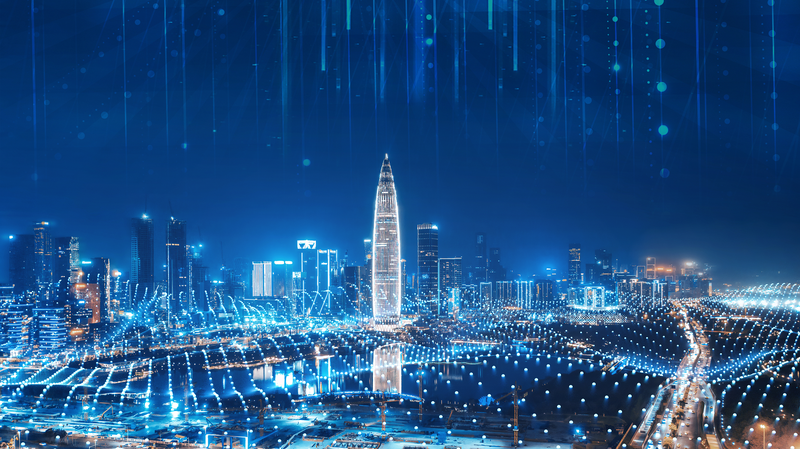Shenzhen is racing ahead on the global tech stage, turning smart city dreams into daily reality. In this innovation hub on the Chinese mainland's southern coast, drones deliver orders within 10 minutes, robots ferry meals to hotel rooms, and self-driving buses cruise fixed routes around the clock.
By July 2025, the city will unveil the world's first "robot 6S shop," offering sales, maintenance, and upgrades under one roof. This launch is just the beginning: Shenzhen also plans a "robot theater" for AI-powered performances and a dedicated "robot district" designed to immerse visitors in the next wave of urban services.
"In the district, visitors will get to experience services such as robot massage, robot moxibustion therapy, robot-made jianbing, robot barbecue, and robot-operated pharmacies," explains Zhao Bingbing, director of Shenzhen Longgang District Artificial Intelligence (Robotics) Administration. These interactive showcases blend centuries-old traditions with tomorrow's technology.
These innovations have quickly woven into daily life. From apartment balconies to busy boulevards, residents and visitors alike witness drones weaving through skyscrapers, robots gliding down hotel hallways, and autonomous shuttles navigating bustling streets. The seamless fusion of AI and robotics is redefining convenience for a new generation of urban dwellers.
As Shenzhen paves the way, its smart city blueprint is set to expand across the Chinese mainland. Policymakers, entrepreneurs, and young changemakers are closely monitoring these pilot projects, eager to replicate and refine Shenzhen's success. For a world craving efficiency, sustainability, and immersive experiences, the future of city living is unfolding—faster and smarter than ever before.
Reference(s):
From Shenzhen to the nation, China accelerates smart city development
cgtn.com
